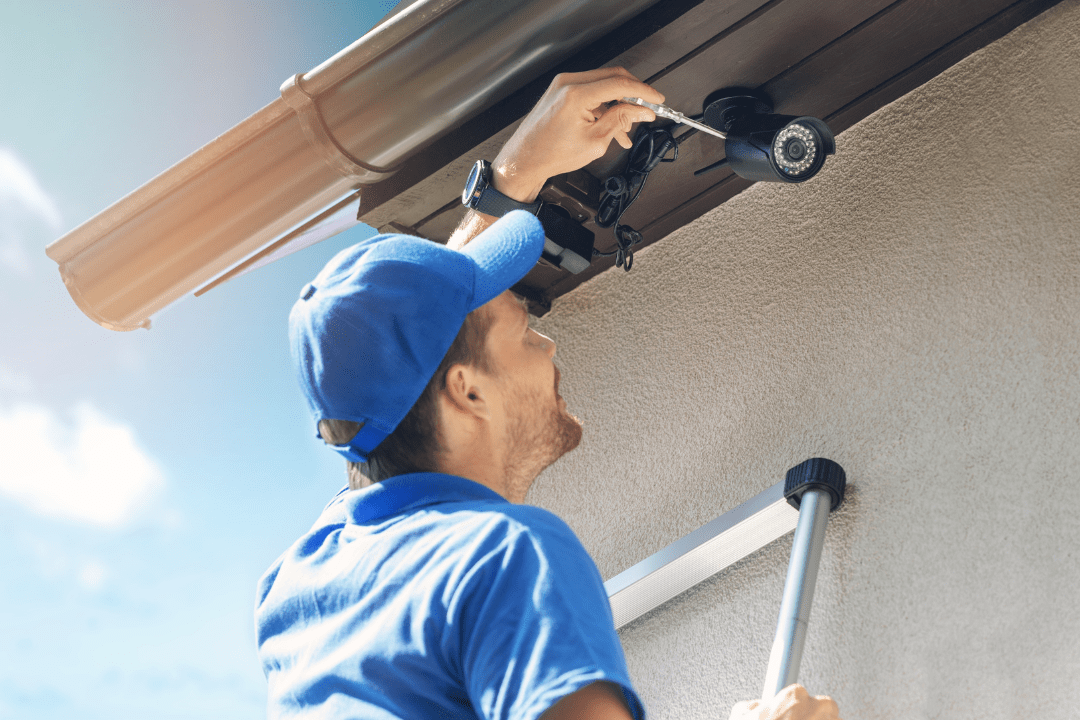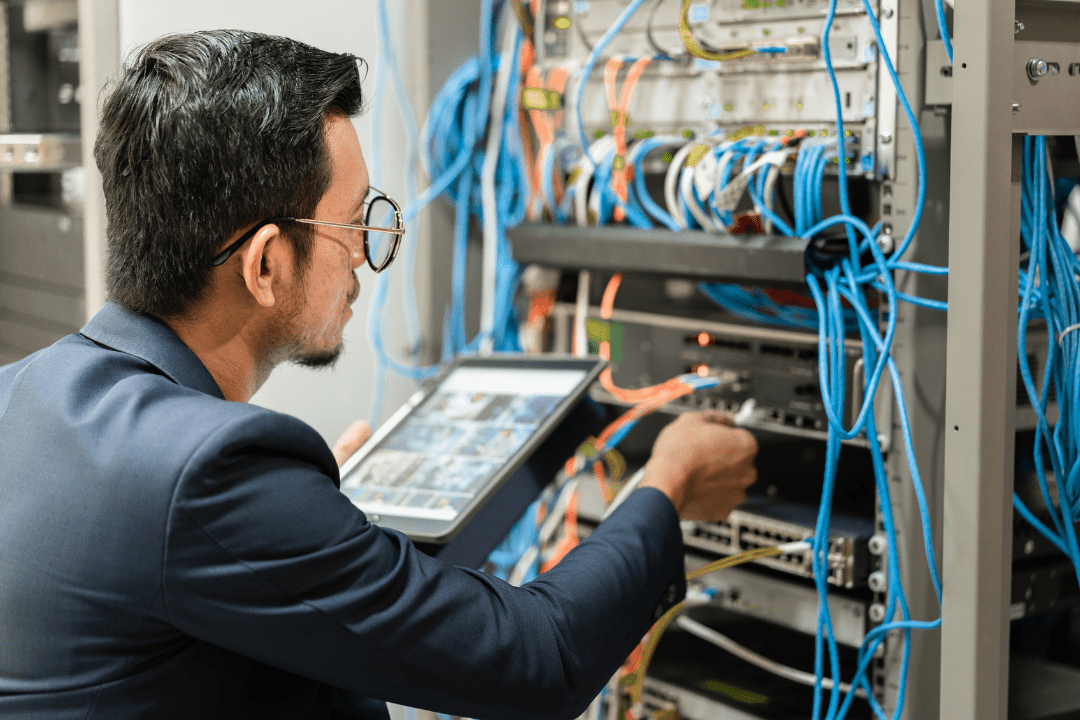Why Cheap Technology Hardware At Your School District Simply Won’t Cut It

Learn how K12itc can be your all in one platform
In the rapidly evolving landscape of education, technology plays a pivotal role in shaping the learning experiences of students and the teaching strategies of educators. There’s no doubt about it–when you weigh the options for your school district’s technology infrastructure and hardware, it’s hard not to go the cheapest route. After all, when budgets are strained, we typically look for the most inexpensive options. When it comes to technology, cheaper is not always better. As a matter of fact, most “cheap” pieces of hardware end up costing school districts more money over time.
At K12itc, we understand the critical importance of robust and reliable technology solutions in education. This blog dives deeper into the hidden drawbacks of opting for cheap technology hardware for your school district. We’ll explore why cheap technology hardware at your school district simply won’t cut it and highlight the long-term benefits of investing in high-quality technology.

The True Cost of Cheap Technology
1. Performance and Reliability Issues
Cheap technology hardware often sacrifices performance and reliability. Devices with lower specifications struggle to handle modern educational software and applications, leading to slow processing speeds, frequent crashes, and inadequate storage. In classrooms, this translates to wasted instructional time as teachers and students grapple with technical issues instead of focusing on learning. Such disruptions not only impede educational progress but also dampen student engagement with technology.
For instance, imagine a classroom where students’ laptops regularly freeze during crucial assignments. This not only frustrates educators but also hampers students’ ability to complete tasks efficiently, impacting their overall learning experience. Investing in higher-quality hardware ensures smoother operations and fewer disruptions, allowing educators to leverage technology effectively in their teaching methods.
2. Increased Maintenance and Support Costs
While the initial purchase price of cheap hardware may be lower, the long-term maintenance and support costs can quickly outweigh any initial savings. Low-quality devices are more prone to hardware failures, requiring frequent repairs or replacements. Additionally, they often lack compatibility with newer software updates, necessitating costly upgrades sooner than anticipated.
For school districts operating on tight budgets, the recurring expenses associated with maintaining subpar hardware can strain financial resources. Instead of allocating funds towards enriching educational programs or hiring additional staff, schools find themselves continually pouring money into keeping outdated and unreliable devices operational.
3. Limited Lifespan
High-quality technology hardware is designed to withstand the rigors of daily use in a school environment. In contrast, cheap devices typically have a shorter lifespan, leading to more frequent replacements. This cycle of constant replacement not only disrupts the continuity of technology use in classrooms but also results in higher long-term costs.
Investing in durable, high-quality hardware ensures that devices remain functional and relevant for a longer period, providing better value for money. Schools can then focus on leveraging technology to enhance learning experiences rather than constantly grappling with equipment failures and replacements.
4. Licensing Seems Expensive, But It’s Worth It
Many complain about licensing fees associated with higher-end pieces of hardware, claiming that because of high license fees, the hardware no longer fits in their budget. Although there may be annual licensing fees for more expensive technology, this ends up saving district money over time. Why? Licensing fees typically include support and warranties. That means, when a piece of equipment breaks or malfunctions, you’ll get the support you need to fix it, or a replacement.
5. Cheap Hardware has a Shorter Life Cycle
This, in turn, ends up costing your school district more money in the long run. Yes, it may be satisfying to get a “great deal” on a firewall or an access point, but when you purchase the cheaper models, they don’t always hold up. Higher end models, on the other hand, should last up to 5-7 years, when managed correctly.

Impact on the Learning Environment
1. Student Engagement and Motivation
The integration of technology in education is intended to enhance student engagement and motivation. However, when the hardware used is subpar, it can have the opposite effect. Frustration with slow or malfunctioning devices can lead to disengagement and a lack of enthusiasm for technology-based learning activities.
Students today are digital natives, often accustomed to using high-quality devices in their personal lives. When they encounter inferior technology in the classroom, it can create a disconnect between their expectations and the reality of their educational experience. Ensuring that students have access to reliable and efficient technology is crucial in maintaining their interest and enthusiasm for learning.
2. Teacher Effectiveness and Satisfaction
Teachers play a critical role in integrating technology into the curriculum. However, their effectiveness is significantly hampered when they are forced to work with unreliable hardware. Technical issues can disrupt lesson plans, leading to a loss of instructional time and increased stress for educators.
Moreover, teachers who are continually battling with subpar technology may become disillusioned and less likely to embrace innovative teaching methods. Providing educators with reliable and high-performing devices empowers them to confidently incorporate technology into their teaching, ultimately benefiting student learning outcomes.
3. Equity and Access
Ensuring equitable access to technology is a fundamental goal for many school districts. Cheap hardware can exacerbate existing disparities by providing some students with inferior devices that limit their ability to fully participate in digital learning. This creates an uneven playing field, where students with access to better technology have a distinct advantage over their peers.
Investing in high-quality hardware helps to bridge this gap, ensuring that all students have access to the tools they need to succeed. It promotes digital equity and ensures that technology serves as an enabler of learning rather than a barrier.

Long-Term Educational Benefits of Quality Technology
1. Enhanced Learning Experiences
High-quality technology enables the use of advanced educational tools and resources that can transform the learning experience. Interactive software, virtual labs, and multimedia content can all be seamlessly integrated into the curriculum, providing students with a richer and more engaging learning experience.
For example, virtual reality (VR) and augmented reality (AR) applications require robust hardware and infrastructure to function effectively. These technologies can immerse students in interactive learning environments, allowing them to explore complex concepts in a hands-on manner. Investing in capable devices ensures that schools can leverage these innovative tools to enhance educational outcomes.
2. Future-Ready Skills
In today’s digital age, proficiency with technology is a critical skill for future success. High-quality hardware supports the development of essential digital literacy skills, preparing students for higher education and the workforce. By providing students with reliable and efficient devices, schools equip them with the tools they need to thrive in a technology-driven world.
Furthermore, exposure to advanced technology encourages problem-solving, critical thinking, and collaboration—skills that are highly valued in the modern job market. Investing in quality hardware ensures that students are not only proficient in using technology but also capable of leveraging it to solve real-world challenges.
3. Support for Innovative Teaching Methods
Quality technology empowers educators to explore and implement innovative teaching methods. Blended and project-based learning all rely on robust, secure, and reliable hardware to be effective. When teachers have access to high-performing devices, they can confidently experiment with new pedagogical approaches that cater to diverse learning styles.
For instance, in a virtual model, students access instructional content online at home and engage in collaborative activities in class. This approach requires reliable devices that can support video streaming, online discussions, and interactive assignments. High-quality hardware ensures that both teachers and students can fully participate in and benefit from these innovative educational models.

Choosing the Right Technology Partner
Given the significant impact that technology hardware has on educational outcomes, selecting the right technology partner is crucial. A trusted partner like K12itc can provide school districts with the expertise, support, and high-quality technology needed to create a successful technology-driven learning environment.
1. Expertise in Educational Technology
K12itc specializes in providing IT solutions tailored to the unique needs of K-12 schools. Our team of experts understands the specific challenges and opportunities that technology presents in the education sector. We work closely with school districts to develop customized solutions that enhance learning experiences and support educational goals.
2. Comprehensive Support Services
Investing in high-quality hardware is only part of the equation. Ongoing support and maintenance are essential to ensure that technology remains functional and effective. K12itc offers comprehensive support services, including regular monitoring, maintenance, and troubleshooting for schools. This holistic approach ensures that schools can maximize the benefits of their technology investments.
3. Future-Proof Solutions
Technology is constantly evolving, and it’s important for schools to stay ahead of the curve. K12itc provides future-proof solutions that can adapt to changing educational needs and technological advancements. By partnering with us, schools can ensure that their technology infrastructure remains relevant and capable of supporting innovative teaching and learning practices.
4. How to Get the Best Technology at a Fraction of the Cost
There is one secret to getting high-end technology at a fraction of the cost. Outsource your technology! With a solution like Albert, you can bundle hardware and services together, which saves up to 15% over time. Plus, with our managed technology platform, you don’t own the hardware–we do! That means, when something breaks or malfunctions, we’ll replace it in just a few days. This, in turn, saves districts loads of money in the long run.

While the allure of cheap technology hardware may be strong, the long-term consequences of such a decision can be detrimental to the educational mission of school districts. Subpar devices lead to performance issues, increased maintenance costs, and limited lifespans, ultimately impeding student engagement, teacher effectiveness, and equity in access to digital resources.
Investing in high-quality technology hardware, on the other hand, brings numerous benefits. It enhances learning experiences, supports the development of future-ready skills, and empowers educators to implement innovative teaching methods. By choosing a trusted technology partner like K12itc, schools can ensure that they are equipped with the tools and support needed to create a thriving, technology-driven learning environment.
Think it’s less costly to purchase cheap hardware at your district? Think again! For more insight into this, or to learn more about how K12itc helps school districts cut technology costs, get in touch with us.
